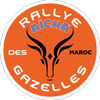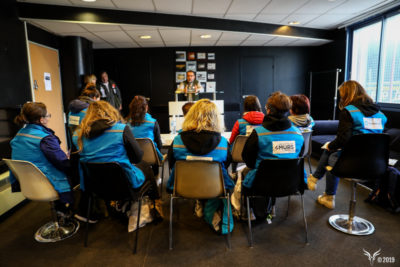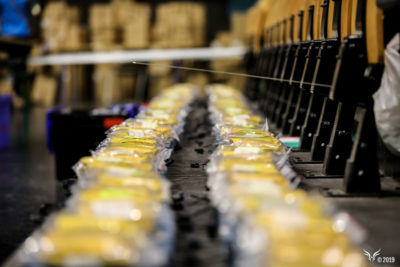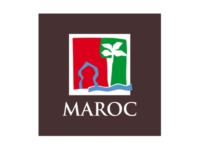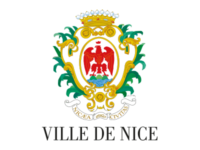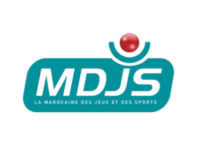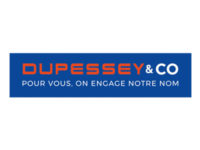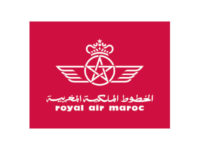Linking the Gazelles to the rest of the world
PALAIS NIKAÏA, NICE
Nice | Verifications
While the Gazelles may lose their way in the Moroccan desert and not know where they are, the organization will be following them closely thanks to the Iritrack terminal installed in each vehicle during today’s verifications at Palais Nikaïa, Nice. This small device, connected directly to the battery, is linked to two satellite antennas, making it possible to geolocate the participants and follow their every move. It is therefore the cornerstone of security at the Rallye. “This is what links you to the rest of the world, it’s your umbilical cord. Take a look at this little box every time you get in and out of the vehicle,” explains Serge Barbieux, assistant safety officer at the Rallye Control Centre.
The blue button communicates directly with the Rallye Control Centre. Teams requiring technical assistance can push the green button, but it will cost them in penalty points. The organization receives the team number and the position and speed of the vehicle “so if you are speeding in a village, we will know about it.” A reminder: all outside assistance is prohibited.
The red button is used to call for medical assistance in the event of an accident or other emergency. There is no penalty for this type of assistance.
In case the system malfunctions, each vehicle also carries a Sarsat distress beacon. This ultimate distress system is generally used in ocean races such as the Vendée Globe. When activated, it transmits a satellite signal to an international emergency response centre. This centre immediately notifies Rallye Headquarters and provides them with the coordinates of the vehicle in distress. “This yellow box has existed since the mid 1970s and it is also used in aviation and extreme environments.”



